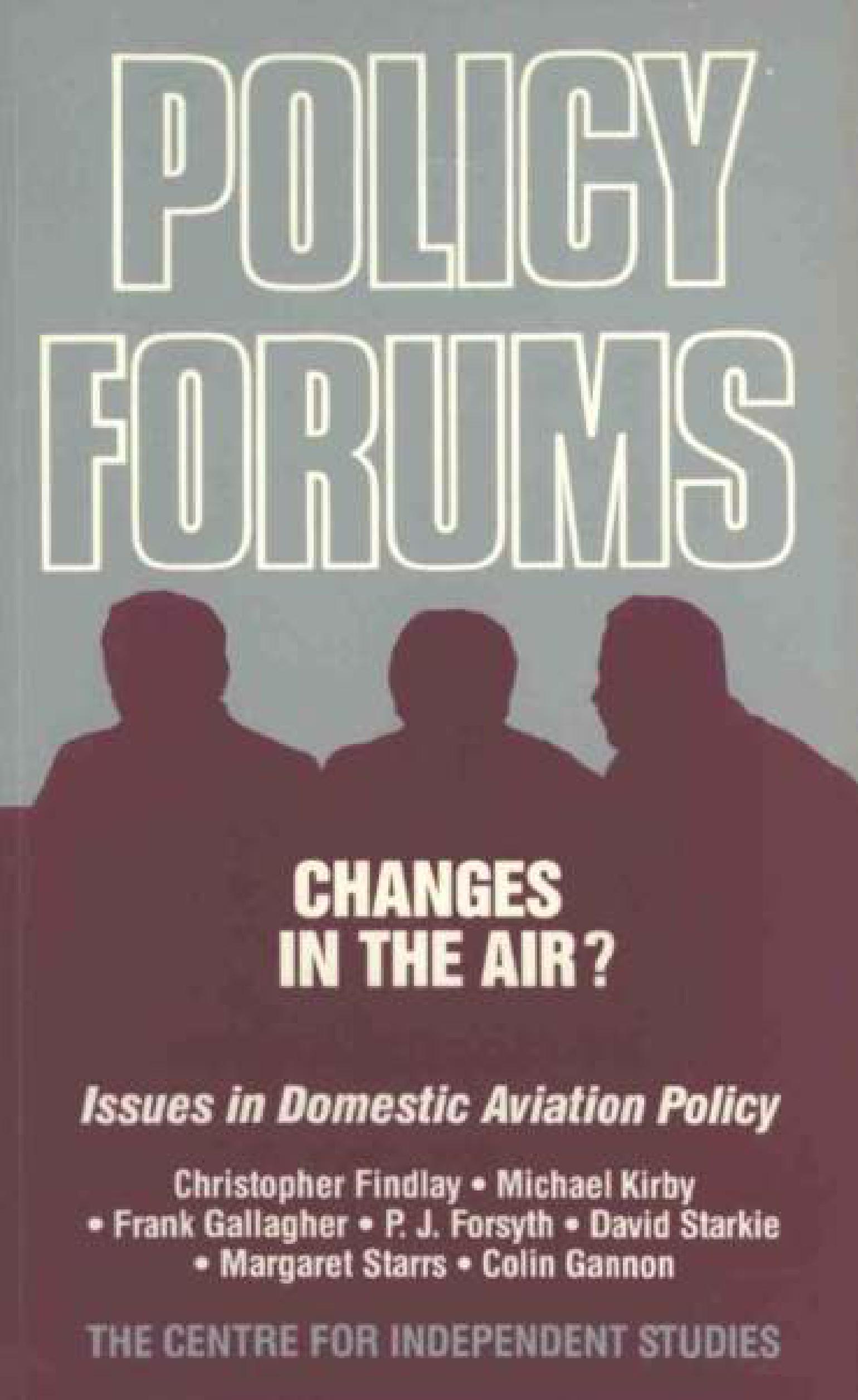
The US Airlines Deregulation Act of 1978 and the prior de facto deregulation accomplished by the Civil Aeronautics Board constitute one of the few contemporary examples of rapid and substantial deregulation of an industry. Its political significance is obvious. To the applied economist it is also significant in that, while falling short of being a controlled experiment, this episode nevertheless provides unusually good opportunities for empirical tests of theories about the effects of regulation. A number of such studies have already appeared and doubtless many more will be made. In this volume Michael Kirby summarises the major apparent effects on the United States industry’s structure and performance. In the same vein, a detailed study by Starkie and Starrs at the effects of some relaxation of regulation on regional aircraft operators in South Australia is also included in the volume.
It is also significant that at the same time as the intellectual impetus toward airline deregulation occurred, a new theory of the relationship between market structure and performance was developed, and that, in part, the same people were involved in both endeavours. The development of the theory of market contestability, it seems clear, was stimulated by the practical concerns of the airline deregulators and by their empirical knowledge of the industry.
As Christopher Findlay points out, the major rationale for airline regulation has been the belief that air transport is a natural monopoly. Contestability theory — summarised here both by Findlay and by Starkie and Starrs — casts considerable doubt on this belief. This is because even though many .Australian markets are ‘thin’, permitting only one profitable operator, they are contestable, i.e.. vulnerable to entry by outsiders, who can enter without incurring substantial sunk costs. The single operator may, in a sense, be a monopolist, but his monopoly power is sharply limited by the threat of entry.
I think the papers constituting this volume are of high quality. They are evidence of the big advances that have been made in recent years in our understanding of economic aspects of air transport and of the issues involved in its regulation — advances in the making of which the authors represented here have figured prominently. The Centre for Independent Studies is proud to have sponsored the Conference on which this volume is based, and to bring the participants’ contributions to a wider audience.
